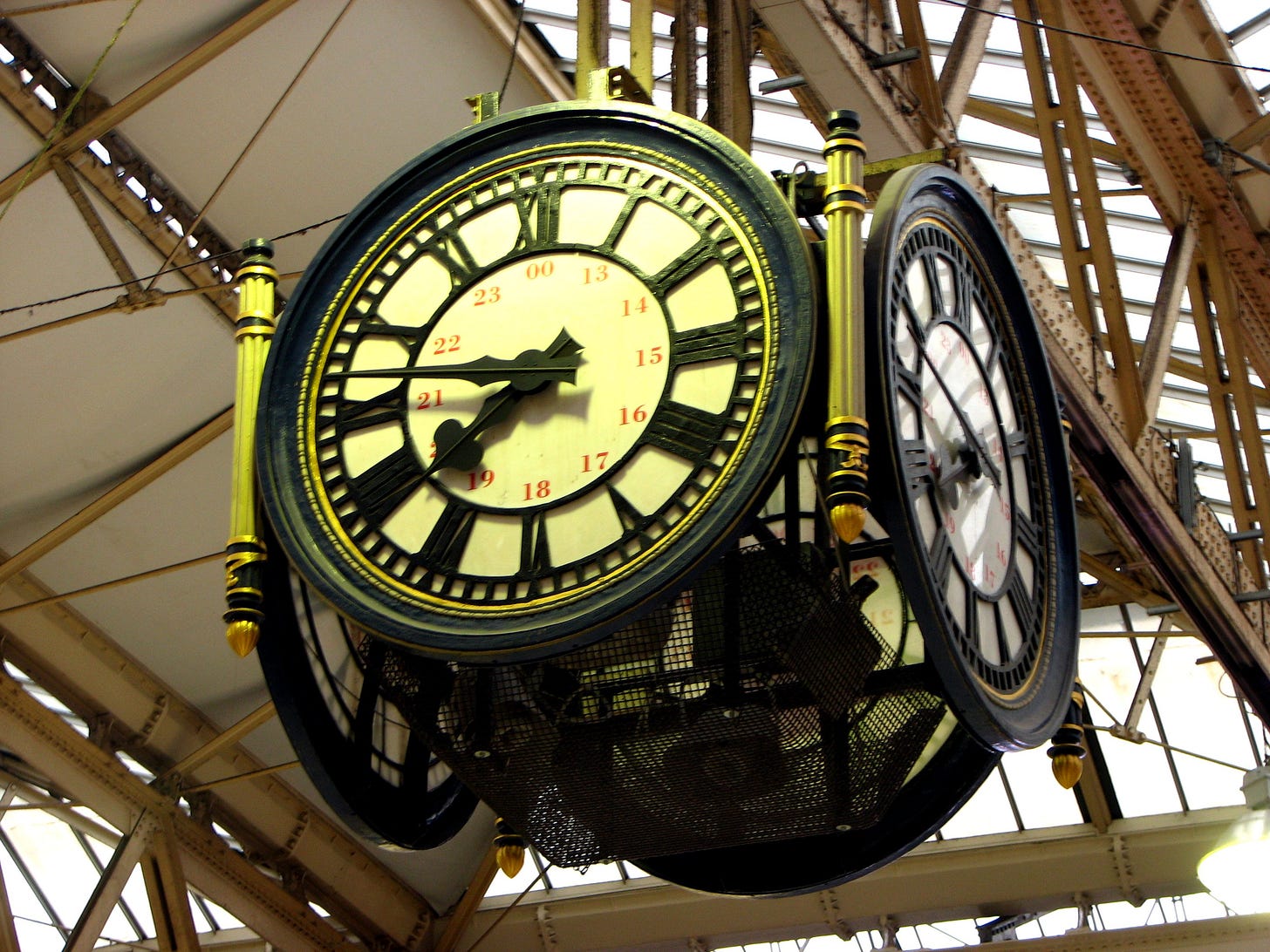Biannual time changes must be abolished
#LockTheClock

Over the years, Americans have experimented with many policies. Some, like the presumption of innocence and separation of powers, are worthy. Many, like taxes and voting rights, have needed revisions. Still others, like prohibition and banning swearing, were mistakes. Now it is time — past time — to turn a critical eye to our policy about time: We must stop changing the clocks twice each year.
As with so many things, biannual changes between standard time (ST) and daylight saving time (DST) seemed like a good idea at the time. Following Germany’s lead, the U.S. adopted DST in 1918, during World War I. The goals were to reduce coal-burning and increase daylight hours for wartime manufacturing — and when we used coal for energy and air conditioning didn’t exist, DST worked.
Today, we know that changing the clocks has significant drawbacks. First, DST no longer saves energy. Instead, when Indiana began observing DST in 2006, residential energy use increased by up to 4%. In the age of climate crisis, this rise is a significant cost by itself. That additional energy use cost Indiana households about $9 million annually. One upside: Longer daylight hours got people out of the house more. Downside: They tended to drive to do it, contributing to additional emissions with resulting social costs of $1.7 to $5.5 million annually.
Second, sleep deprivation associated with the springtime transition causes a number of adverse health effects. Shifting an hour of light to the end of the day affects human chronobiology, causing an increase in what researcher Dr. Till Roenneberg refers to as “social jet lag.” This leaves people spacey and irritable. Relatedly, the sleep deprivation caused by the time change results in more car accidents, causing approximately five extra deaths per year, and more workplace injuries. Heart attacks and strokes also rise up to 24% on the Monday following “springing forward” (they decline after “falling back,” but not as much).
Third, the time change is unpopular. In 2016, only 35% of Americans found DST worth the hassle. Parents particularly object, not only because of irritable children, but also because DST results in children being out in the dark on early spring and late fall mornings.
While we believe that it would be better to be on permanent Standard Time due to the climate effects, the time change itself is a major problem, and we support eliminating it either way.
Fortunately, unlike other issues like health care, education and the economy, the solution here is simple: We pass a law to stop changing the clocks. Two of our local legislators are exploring options to do just that. Rep. Bobby Kaufmann co-introduced HF 71 in 2019, which would keep Iowa on permanent DST; this option requires federal approval. Sen. Joe Bolkcom introduced SF 2020 this year, which would keep Iowa on permanent ST. We still have time before the second legislative funnel, so contact your legislators and encourage them to support SF 2020 and do away with these troublesome time changes.
If Bolkcom is your senator and you support SF 2020, let him know; this seemingly innocuous bill has, we are told, garnered hate mail. And if you don’t support SF 2020, well, there are more persuasive ways to approach the issue. Don’t send our state legislators hate mail.
On the federal level, the Protect Sunshine Act, introduced by Sen. Marco Rubio, would switch the entire U.S. to permanent DST, but as we write, it has yet to get a hearing in committee.
In the week since the shift, you’ve probably adjusted. It may be starting to seem like maybe it wasn’t so bad, and those brighter evenings give you a chance to cook out or shop or get a little gardening done. Don’t be fooled. Days get longer without changing the clocks, and any benefits of shifting daylight hours aren’t worth car crashes and heart attacks. Biannual time changes must be abolished. Lock the clock.
Kelcey Patrick-Ferree and Shannon Patrick live in Iowa. They may still be recovering from springing forward.
Originally published in the Iowa City Press-Citizen on March 13, 2020.

